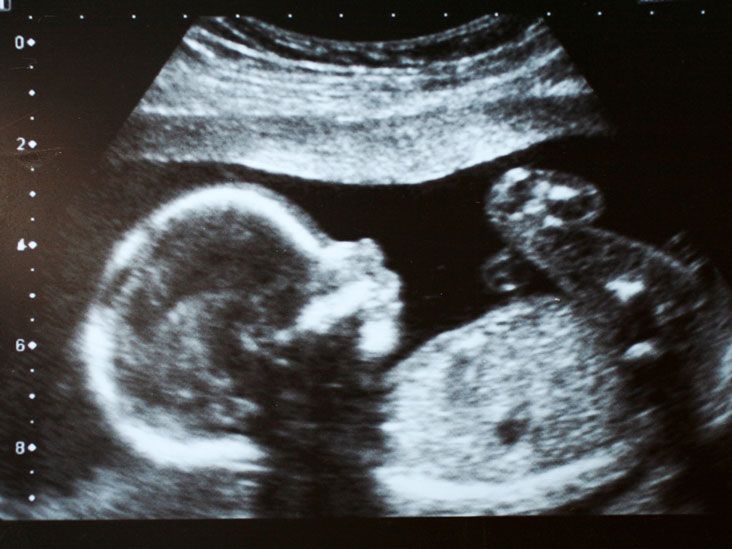

By applying MEF to fish population density image sequences collected during the OAWRS 2003 experiment in the New Jersey strataform, we quantify (1) inter-shoal dynamics such as coalescence of fish groups over tens of kilometers, (2) fish mass flow between different parts of a large shoal and (3) the stresses acting on large fish shoals. Using density image sequences describing cell splitting, for example, we show that cell division is driven by gradients in apparent pressure within a cell. The MEF method is applied to experimentally obtained density images, spanning spatial scales from micrometers to several kilometers. Shoal dynamics is studied by developing a novel Minimum Energy Flow (MEF) method to extract velocity and force fields driving motion from time-varying density images describing compressible or incompressible motion. In this Thesis, it is shown how the recently developed Ocean Acoustic Waveguide Remote Sensing (OAWRS) technique can be used to (1) quantify the acoustic scattering response of fish and remotely infer their physiological characteristics to enable species classification, and (2) remotely assess shoaling populations and quantify their group behavior in a variety of oceanic ecosystems. Despite their ecological importance, there is substantial evidence that fish populations are declining worldwide, motivating the need for an ecosystem approach to fisheries management through ecosystem scale sensing of fish populations and behavior. They typically play an essential role in inter-trophic energy transport, and serve as a mainstay for human consumption comprising roughly 16% of the animal protein consumed by the world's population. Second, from an applications point of view the developed algorithm can be used to augment the tools that are available for the measurement of fluid dynamics other imaged flows that observe compatible constraints might benefit in a similar fashion.įish populations often comprise the largest biomass in a productive marine ecosystem. First, from a theoretical point of view it is shown how information derived from the physical behavior of fluids can be used to motivate a flow-recovery algorithm. The significance of this work is twofold. In these experiments, the algorithm recovered accurate and precise estimates of the flow. Empirical results from application of the algorithm to transmittance imagery of fluid flows, where the fluids contained a contrast medium, are presented. The approach centers around a motion-recovery algorithm that is based on principles from fluid mechanics: The algorithm is constrained so that recovered flows observe conservation of mass as well as physically motivated boundary conditions. How can I ensure this is correct before starting to create shots in the Camera Sequencer?Īdditionally, is there a way to change the "Image Attributes" of multiple shots at once? I have some shots with many, many shots that now need to be adjusted.This paper presents an approach to measuring fluid flow from image sequences. It seems it might just inherit the "Image Attributes" of the last shot I adjusted. How can I control these "Image Attributes" Resolution Width and Height before creation? It seems to be chosen at random and doesn't obey either my Render Settings, Playblast Options, or Playblast Sequence Options. The only way I can access this setting, is by selecting the shots individually, opening their Attribute Editor, and twirling out " Image Attributes". However, if I choose to " Playblast Selected Shots" and open the Options Window - there is NO setting for the Resolution Width and Height. When using Camera Sequencer, I can playblast the entire Sequence of multiple Cameras using " Playblast Sequence" and if I open the Options Window - I can set the output Resolution Width and Height.


 0 kommentar(er)
0 kommentar(er)
